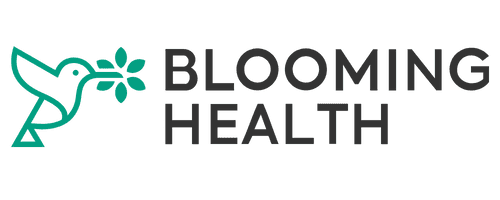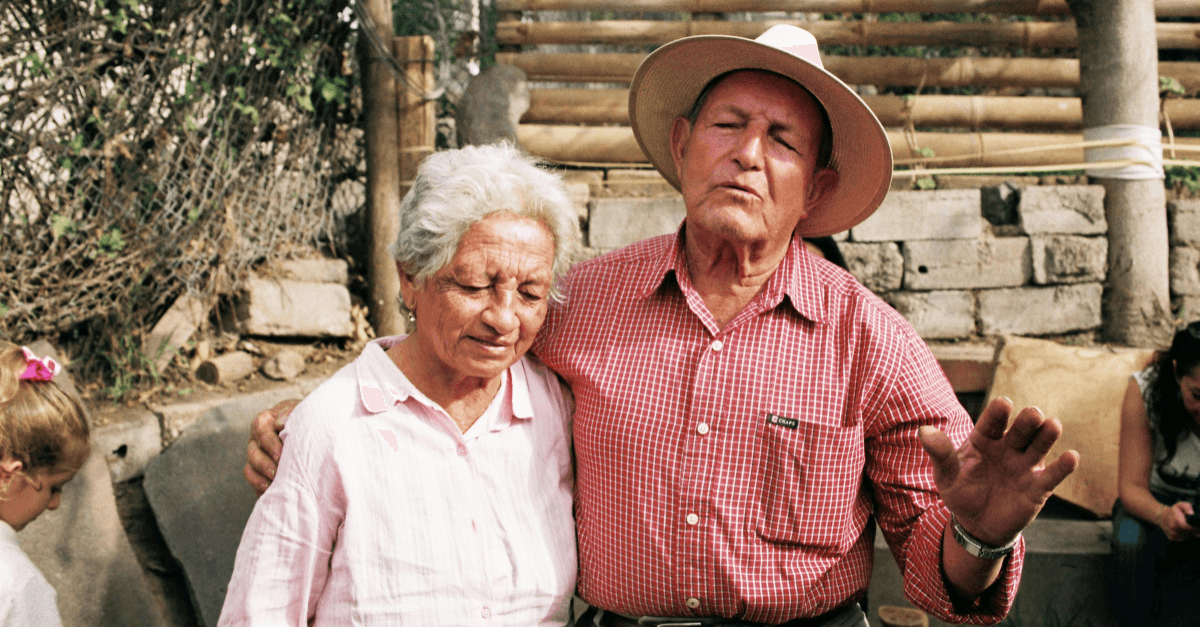Oct 28, 2025
Last week in Las Vegas, thousands of healthcare leaders, innovators, and investors gathered at HLTH to wrestle with the industry's most pressing challenges. The energy was palpable, but so was the tension. AI dominated the conversation, not as a futuristic promise but as an operational reality that's already changing workflows. Yet beneath the excitement, a clear message emerged: healthcare organizations are drowning in choices, and they're ready to move from experimentation to execution.
Our CEO, Nima Roohi Sefidmazgi, had the opportunity to speak on this exact challenge during the HLTH Inc. Conference panel "Not Hard to Reach, Just Easy to Ignore." Alongside leaders from Sanofi, Butterfly Network, and Johns Hopkins, Nima shared how Blooming Health is building infrastructure to ensure that healthcare innovation leaves no patient behind.
The Shift from Pilots to Partners
Walk the exhibit hall at HLTH and you'll quickly understand why health systems report managing 80+ vendor relationships. Every booth promises transformation! AI for triage, predictive analytics for readmissions, navigation platforms, remote monitoring tools, and more. The innovation is real, but the proliferation is exhausting.
This year's conference revealed a critical inflection point. Health plans and systems aren't looking for more pilots. They're looking for fewer, stronger partnerships with vendors who can demonstrate governance, integration, and measurable impact.
AI Moves from Fringe to Workflow
AI was everywhere at HLTH but the conversation has matured significantly. Sessions showcased AI already embedded in clinical operations: monitoring vitals, detecting hypertension patterns, supporting MSK care protocols, and triaging patient concerns. These aren't research projects; they're live implementations touching real patients.
Yet alongside the optimism came growing anxiety. Who owns the AI model? How do we audit it? What happens when it fails? How do we scale safely across diverse populations? The regulatory landscape remains murky, and health systems are acutely aware that getting AI wrong carries reputational, financial, and clinical risks.
Organizations that have invested in governance frameworks and vendor management infrastructure are moving faster. They're past the "shiny object" phase and ready to deploy at scale, but only with partners who understand compliance, accountability, and evidence-based outcomes.
Meeting Patients Where They Are
One of the most powerful themes at HLTH centered on reimagining access and engagement, a topic our CEO addressed directly during his panel. As Nima put it:
"You turn on the tap, the water comes, the infrastructure is in place… We imagine care being accessible and as simple as that."
This vision was echoed across the conference. Health plans shared strategies for reaching patients in community hubs—barber shops, beauty salons, churches—rather than waiting for them to navigate into traditional care settings. Systems are building wraparound support that addresses social determinants of health alongside clinical needs: food insecurity, transportation barriers, housing instability, language access.
The panel's title captured a truth that too many in healthcare still overlook: populations labeled "hard to reach" aren't hiding—they've simply been easy to ignore. Innovation doesn't matter if patients can't access it. Technology must be designed from active listening and community engagement, addressing the real frictions people face when trying to get care.
Care navigator teams, home-based care programs, and AI-powered patient journey engines are all part of the toolkit. But there's a catch: none of this works without the ability to close the loop. Organizations want to know not just that a referral was made, but that the patient received the service, that the barrier was addressed, that the outcome improved. They need visibility into who's at risk, who's responded, and who still needs support—all in real time.
Where Blooming Health Fits In
This is where Blooming Health's mission aligns perfectly with where the market is heading. We're already partnering with over 1,200 organizations across 25 states, building the infrastructure that makes proactive, equitable care as seamless as turning on a tap.
Health systems don't need another vendor adding to the chaos. They need a partner that helps them scale proactive, personalized outcomes-driven engagement without overwhelming their care teams.
Blooming Health automates the outreach that's essential but impossible to do manually at scale: preventative health check-ins, HRSN screeners, appointment reminders, post discharge follow-ups delivered via voice, text, or email in over 80 languages. Our conversational AI enables natural two-way communication, so patients can respond in their own words, report needs, and confirm next steps closing care gaps and driving measurable improvements in experience, equity, and outcomes, all without adding burden to staff.
Most importantly, we help health systems do what HLTH attendees kept emphasizing: meet patients where they are, address social determinants proactively, and prove that interventions are working. We're not adding to vendor fatigue—we're solving for it by integrating seamlessly into existing workflows and delivering the accountability that governance teams demand.
Get a demo today!








